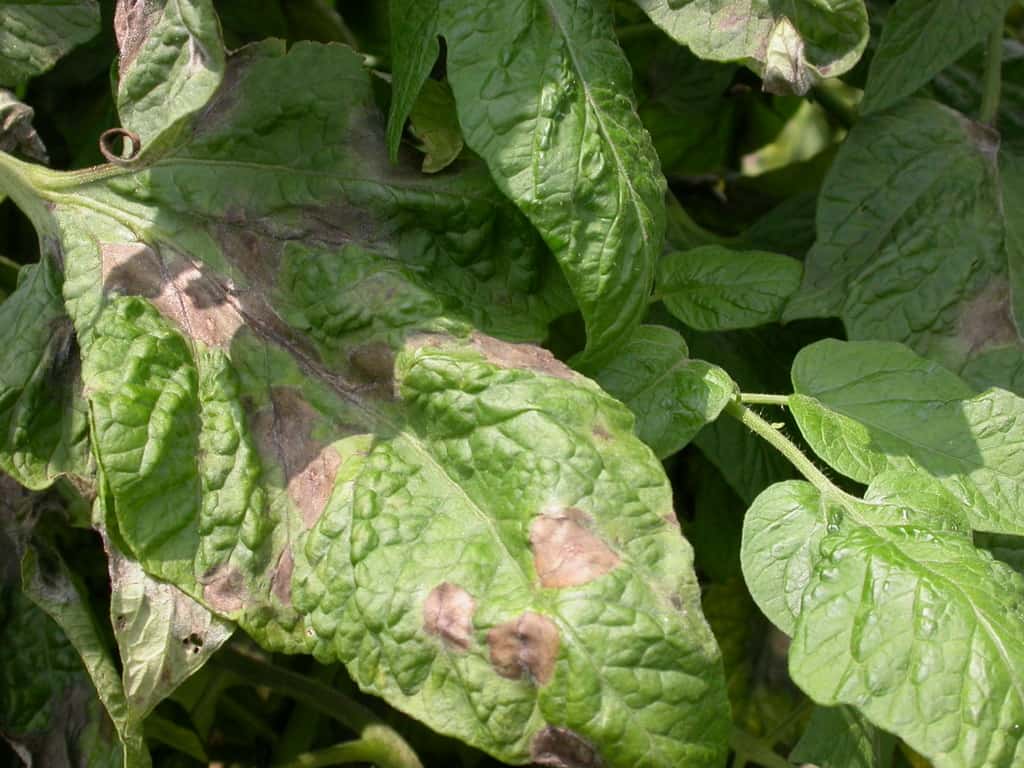
Tomato Blight is a devastating fungus that will wipe out your complete tomato yard in decrease than one month. There’s little you’ll be able to do about blight as quickly because it infects your crops, as pure cures for administration of blight are solely environment friendly sooner than the fungi appear. That is similar sickness responsible for the Irish potato famine throughout the nineteenth century.
In 2009, tomato blight inside the kind of late blight destroyed a extreme share of farm and yard tomatoes in Pennsylvania and completely different spots throughout the jap U.S. The question for gardeners after the blight was whether or not or to not compost or destroy the contaminated crops.
Is it safe to compost diseased tomato crops?
Beth Okay Gugino, Ph.D., Assistant Professor Of Plant Pathology at Penn State School, writing in “The Vegetable And Small Fruit Gazette” says, “In precept, if executed appropriately, crops with late blight may very well be disposed of by composting. Nonetheless, sometimes this is not achieved. Right composting entails going by way of every the vigorous and curing part of composting. The interval of the strategy depends on the inputs (distinctive provides), composting approach used and compost pile administration; it would presumably take as little as 3 months or as long as a 12 months. The composting of diseased plant supplies and weeds is usually not helpful as a result of potential unfold of weed seeds and disease-causing pathogens when the compost is utilized and built-in once more into the yard. Plant tissue can survive throughout the coronary heart of a warmth compost pile. As long as the plant tissue is alive, the pathogen can survive.
“…Subsequent season it will be important to destroy all volunteer tomato crops. Ensure that all late blight contaminated tomato plant and fruit tissue from this season is lifeless/destroyed. As quickly as lifeless, the pathogen can not survive because it’s an obligate pathogen (requires dwelling plant tissue to survive overwinter) and might’t survive outdoor a dwelling host. The late blight pathogen cannot survive in infested lifeless plant particles.
“Subsequent 12 months, guarantee to plant healthful disease-free transplants. Examine your crops repeatedly for indicators of late blight, notably if cool, moist circumstances prevail like this earlier 12 months. Usually, good sickness administration focuses on making a a lot much less favorable setting for the pathogen. The pathogen survives and spreads further efficiently when leaf surfaces are moist. Avoid moist leaves by watering on the bottom of the plant or by way of the usage of overhead irrigation all through mid-morning so the leaves dry quickly. Improve air circulation by spacing crops farther apart and eliminating weeds. These practices could even help with the administration of various widespread tomato illnesses.”
So there you’ve got gotten it from a scientist. Within the occasion you’re an educated composter and know exactly what you’re doing, be glad to compost your tomato crops. If there’s any doubt regarding the temperature of your compost pile, destroy the crops to be on the safe aspect. The very very last thing you want is an an an infection (or re-infection) of blight in your tomato yard.
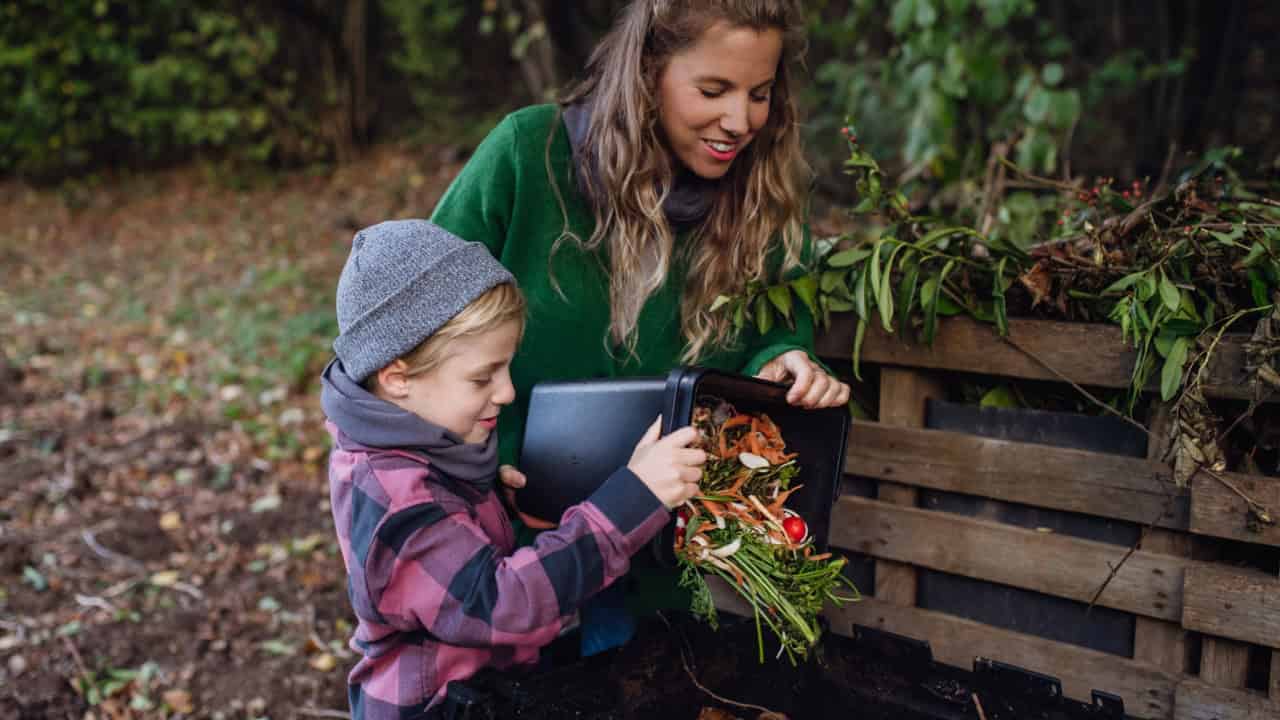
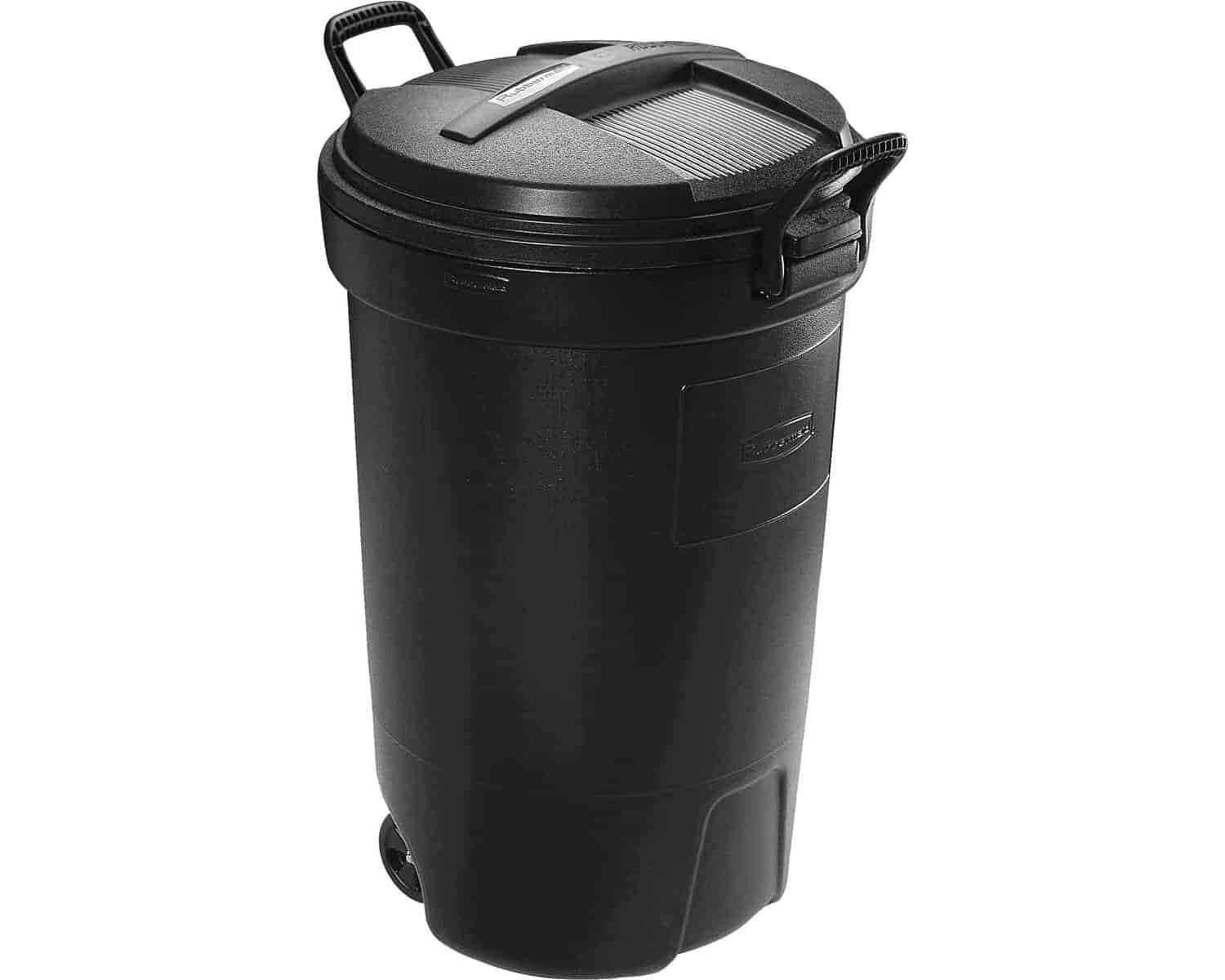
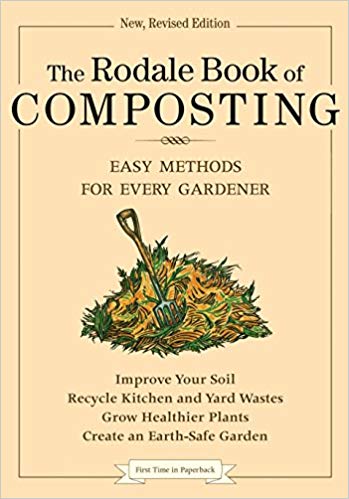
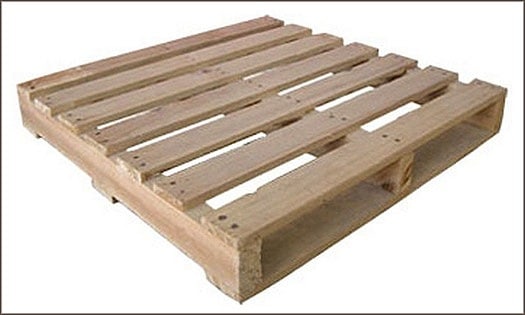
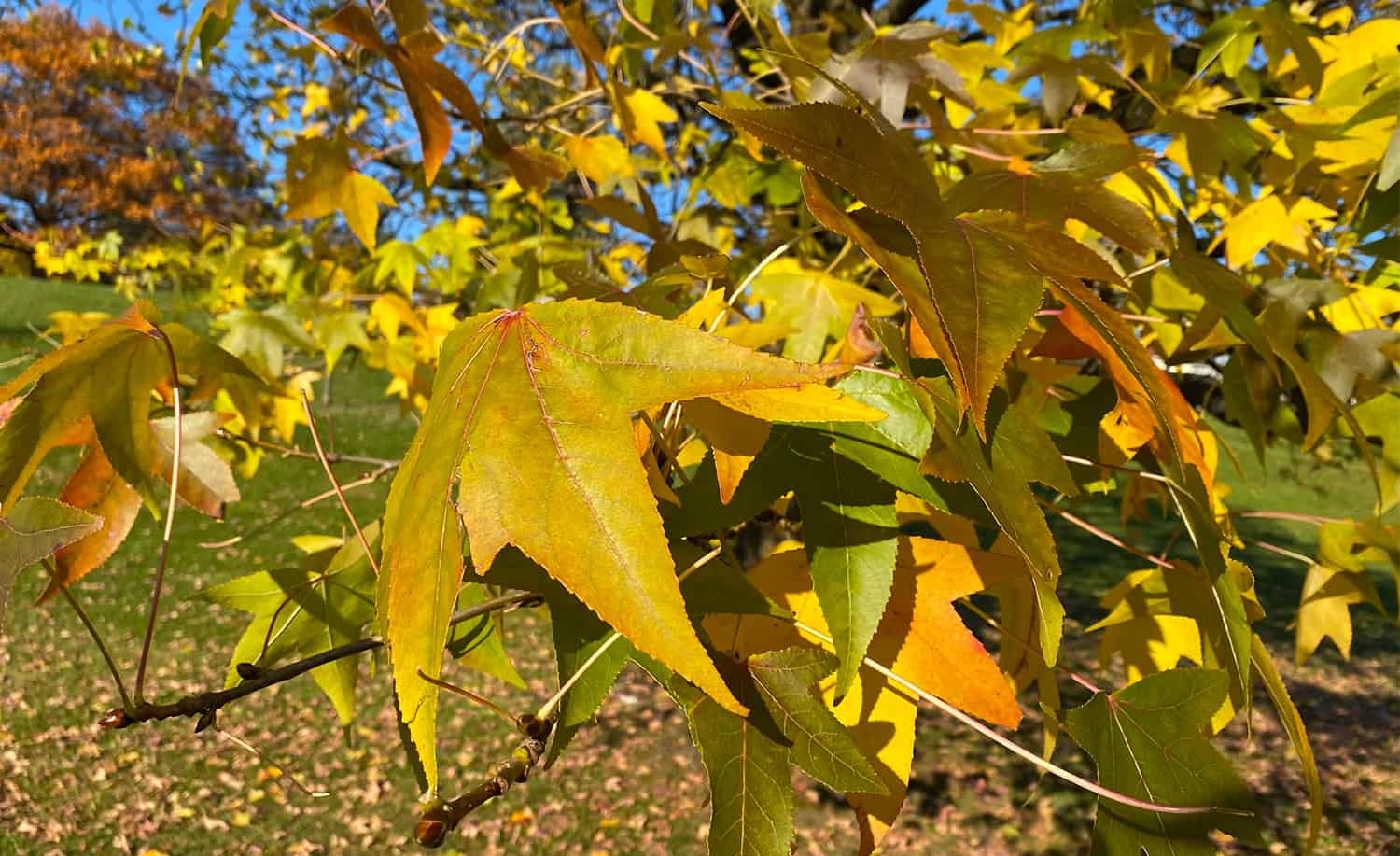
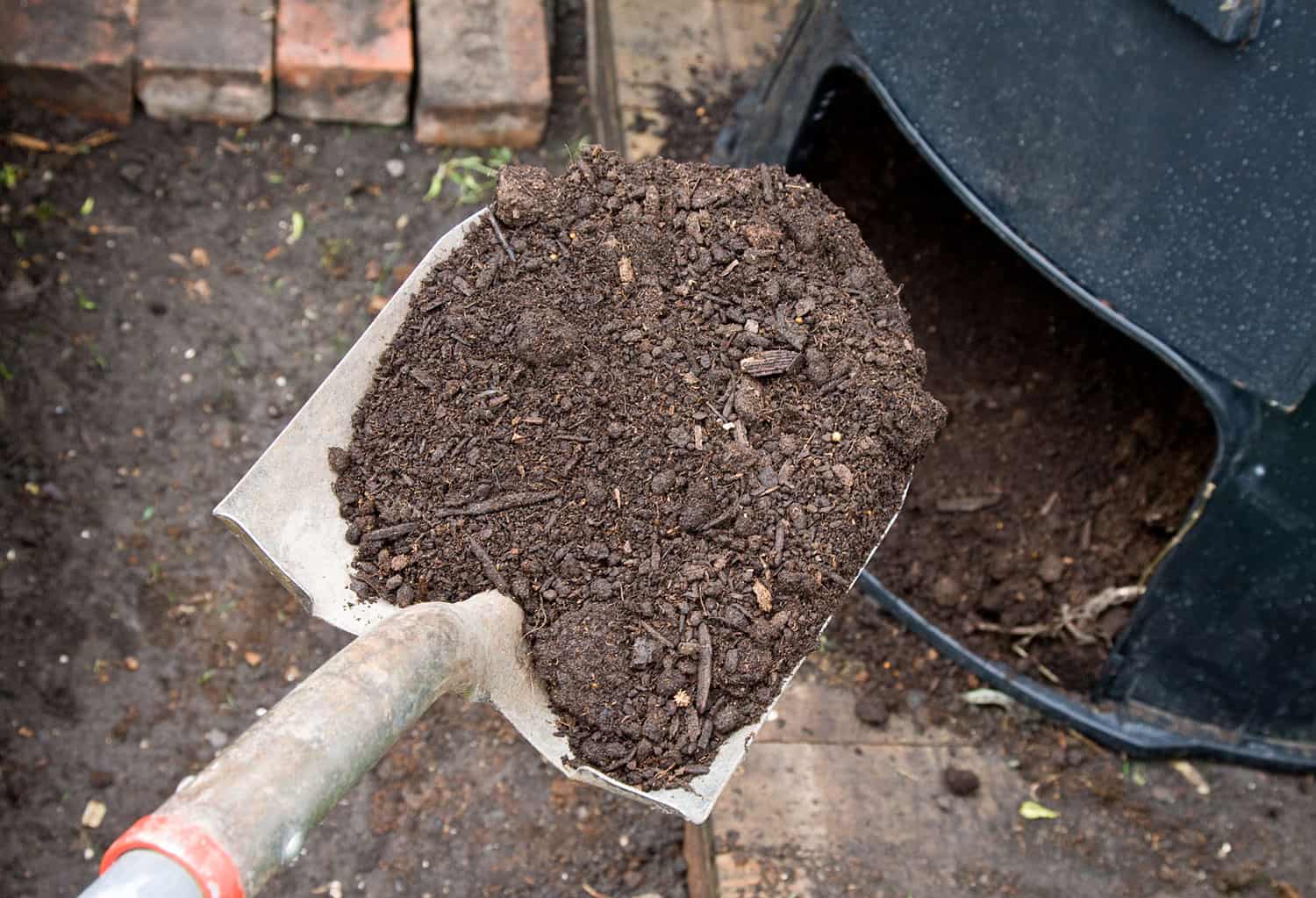
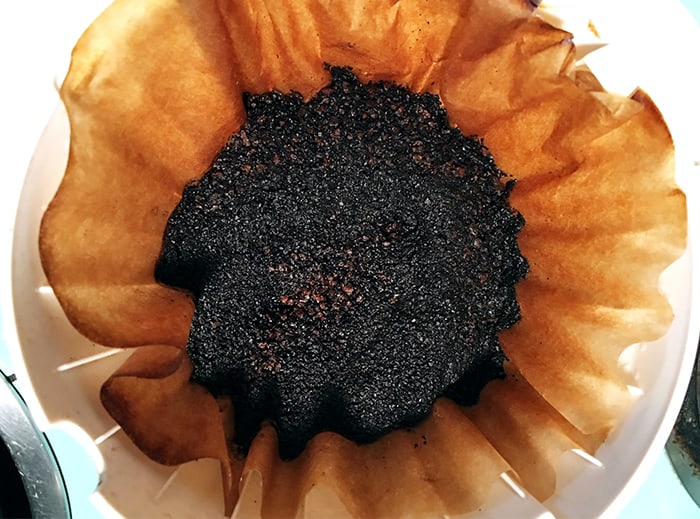

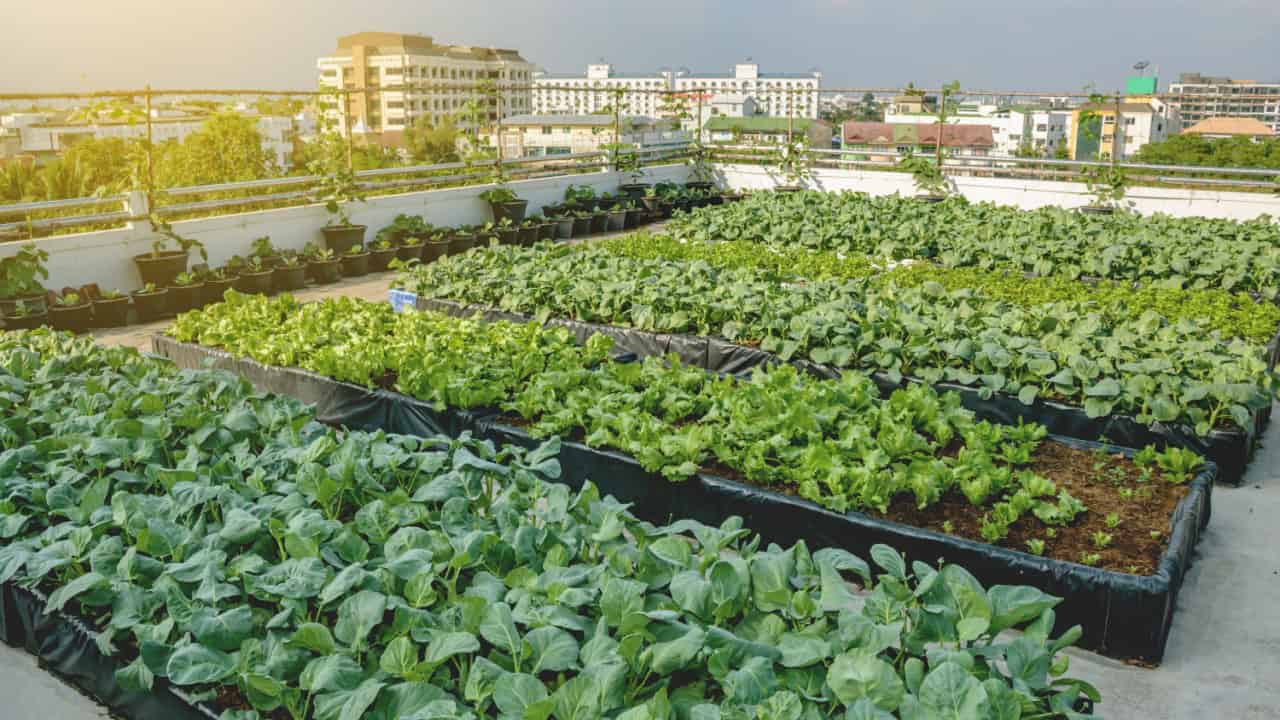
Leave a Reply